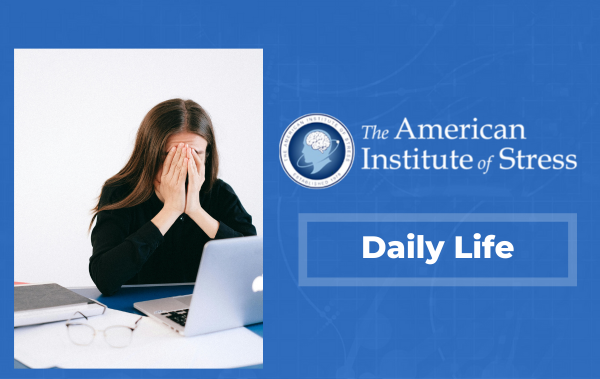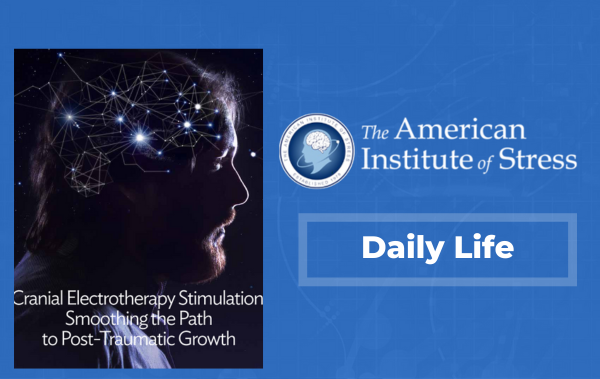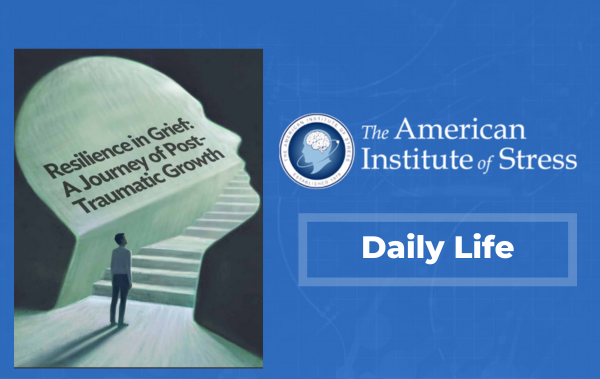
More than 90% of stress-induced cardiomyopathy cases occur in older women.
- Sudden stress can cause a cardiac event that feels like a heart attack, called takotsubo cardiomyopathy or “broken heart syndrome.”
- This stress-induced cardiomyopathy isn’t associated with the artery blockages that lead to a heart attack, though it may cause your heart to pump inefficiently for up to a month.
- Chronic stress can also cause high blood pressure and lead to smoking or an unhealthy diet, which are major risk factors for a heart attack.
- This article was reviewed by Steven Reisman, MD, a cardiologist and the director of the New York Cardiac Diagnostic Center.
- Visit Insider’s homepage for more stories.
While stress can’t directly cause a heart attack, it can have a major impact on your heart health, and even trigger an event that feels just like a heart attack.
Here’s what you need to know about stress-induced cardiomyopathy, as well as the effects of chronic stress on your heart and how to manage it.
Stress can cause “broken heart syndrome,” which feels like a heart attack
One of the most dramatic ways stress can affect your heart is by causing takotsubo cardiomyopathy, also known as stress-induced cardiomyopathy or “broken heart syndrome.”
This feels just like a heart attack, with symptoms including chest pain and shortness of breath, but it is a different condition altogether, says Lauren Gilstrap, MD, a cardiologist at Dartmouth Hitchcock Medical Center.
Those symptoms come on suddenly, triggered by a stressful emotional event, such as the sudden death of a loved one. “Its presentation isn’t subtle,” Gilstrap says. “People think they’re having a heart attack.”
However, that’s not the case. A heart attack occurs when an artery to the heart is blocked. Takotsubo cardiomyopathy has no underlying blockages. Its exact causes aren’t known but are thought to be tied to a sudden hormonal surge from the body’s fight or flight response.
“Takotsubo cardiomyopathy is a fundamentally different phenomenon than a heart attack,” Gilstrap says. “The arteries are completely fine and the blood supply is completely normal, but all of a sudden, the heart doesn’t squeeze.”
That means, suddenly, not enough blood is being pumped throughout the body, which is considered acute heart failure. Although the condition comes on suddenly, your heart may not pump efficiently for two to four weeks, though most patients will return to normal heart function within two months. Most patients with takotsubo cardiomyopathy will be treated with a heart failure protocol, including beta-blockers and other medications, Gilstrap says.
Takotsubo cardiomyopathy is most common in women aged 58 to 75, who make up more than 90% of cases. Doctors aren’t entirely sure why, but one study found that women experience higher rates of emotional stress. About 5% of women who think they’re having a heart attack are actually experiencing stress-induced cardiomyopathy.
Still, true heart attacks are more common than takotsubo cardiomyopathy: only about 2% of people presenting at hospitals for symptoms of a heart attack actually have takotsubo cardiomyopathy.
Chronic stress can cause heart trouble, too
Initially, takotsubo cardiomyopathy was identified in patients who experienced sudden, extreme stress. But doctors now recognize that it can also occur in people who have more prolonged stressors such as a major project at work or relationship stress at home, Gilstrap says.
Chronic stress is also linked to heart disease in a number of ways. Experiencing chronic stress, including that from racial biases, poverty, or relationship troubles, increases your risk of hypertension, according to a 2013 study in Current Hypertension Reports. Hypertension is a major risk factor for heart disease.
Stress can also contribute to unhealthy habits like smoking, drinking or overeating, all of which are tied to adverse effects on heart health, according to the American Heart Association.
How to manage stress and reduce your heart attack risk
Reducing and managing stress through mindfulness, exercise, and hobbies is an important part of overall health, and it may improve cardiac health.
However, making lifestyle changes to reduce stress is extremely difficult for people. Because of that, Gilstrap recommends her patients take a realistic look at the stressors in their lives and adjust what they can, without worrying too much about what’s out of their control.
“Life is complicated and people have demands from a variety of places,” Gilstrap says. “It’s about fixing the ones that can be fixed, building on that success, and empowering the patient to make even more positive change in that direction.”
by Kelly Burch





